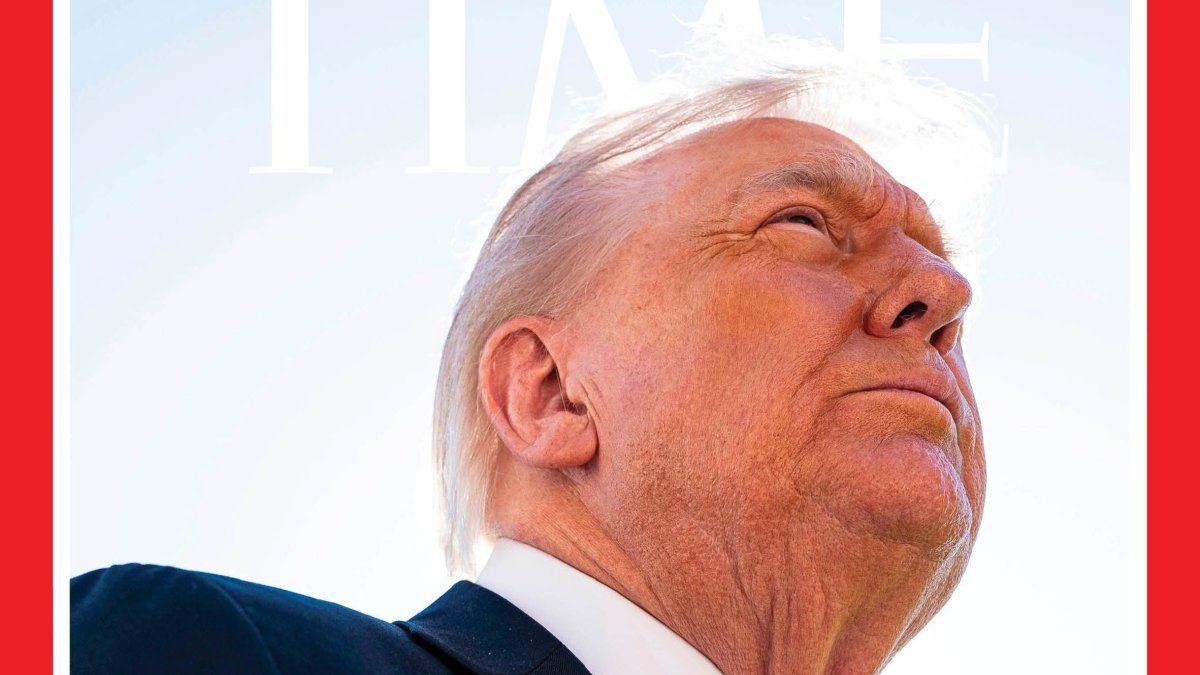Futures on Friday indicated increased caution in buying Thursday’s dip, which marked the worst day for the S&P 500 and Nasdaq Composite since April. The sell-off in technology stocks came as investors rotated aggressively into small-cap stocks and other sectors that are expected to benefit from the Federal Reserve’s rate cuts following the inflation data released yesterday.
Investors dumped tech giants like Nvidia. While the S&P 500 and Nasdaq Composite suffered, the Russell 2000 (IWM) posted a gain of more than 3%. This may be more bullish for the broader market in the long run, even if profit-taking was the order of the day.
On Wall Street, they consider that the technical aspects are clearly positive and the relative performance has turned in favor of the small capitalizations listed in Russell 2000. However, for the leading index of the New York market There will be no real damage until there is a break of the breakout support at 5,500. At this point, a test of the 20-day moving average, also at 5,500, seems likely.
The Nasdaq had extended by 20% from its 200-day moving average. That’s very close to 95% of historical price extremes for the index and a “strong” sell signal. Given that, yesterday’s loss shouldn’t come as a surprise.
Further profit-taking seems likely, but I wouldn’t be surprised to see a break of the old ‘wedge’ and the 20-day moving average. Look for support at 17,750 and continue from there; a deeper correction to the 50-day moving average is likely. Assuming there is no change in yesterday’s action tomorrow, then we have a successful challenge on the weekly chart of the ‘bull trap’ in the Russell 2000, and top candles in the Nasdaq and S&P 500.
We could be looking at a bigger trend reversal, or at least a pause in the trend for the Nasdaq and S&P 500, but the bulls have something to work with in the Russell 2000.
Cedears, is portfolio rotation coming?
Ignacio SniechowskiHead of Equity of IEB Grouphe explains in conversation with Ambit The data that drew the most attention was deflation in the United States, “which in some way put investors on alert about a potential cooling of the economy.”
And, as Sniechowski rightly says, the base scenario is still a soft landing for the economy. “What Jerome Powell is doing is incredible: “to achieve a lower inflation rate while keeping the economy buoyant. But clearly, to reach the 2% annual target, it is expected that activity will have to suffer somewhat,” warns.
Russell 2000.png
The Russell 2000, which tracks smaller-cap companies, rose 3.5% on Thursday, “its best day so far in 2024.”
For the strategist, “for the first time investors have taken note that this moment may be coming. And a slowdown in the economy would result in lower sales, ergo lower profits. I believe that is where the impact on US equity comes from. Especially considering the levels at which the market indices are found, which make it very sensitive to any data,” he maintains.
Rate cut hopes prompted Wall Street to rotate
Pablo RepettoHead of Research at Aurum Valuesadds that what sparked what happened on Wall Street “could be explained by the change in rate expectations that triggered the data.” For the strategist, the good CPI data, which indicated a fall in prices in monthly terms of 0.1% gave impetus to the prospect of rate cuts this year.
So much so that the S&P 500 and the Nasdaq fell by 1% and 1.95% respectively, as the market would have rotated their portfolios towards assets whose performance is not satisfactory in an environment marked by high interest rates. With which, The Russell 2000which follows smaller-cap companies, experienced gains of 3.5% yesterday, “its best day so far in 2024,” Repetto concludes.
Cedears: what the experts say
Emilse Cordobadirector of Bell Stock Exchange, In an interview with this media outlet, he believes that the rotation of the portfolio towards low-cap companies, responding to profit-taking, has a volume risk. What he is referring to is that: “You get rid of large-volume assets, with a quiet dismantling (partial sales), but the risk of completely migrating to companies “low capitalization is the volume traded both at the time of purchases and sales.”
For the strategist, the healthiest thing is to rotate towards other markets and sectors, more defensive investments without leaving the US market. On the one hand, it is essential to maintain Liquidity awaiting opportunities (25%), look for possibilities in Argentina (bonds at attractive prices) and keep an eye on the emerging markets such as China and Brazil.
For its part, Martin D’Odoricodirector of Guardian Capitalargues that there is currently a historically large gap between large- and small-cap stocks, with the latter significantly lagging behind larger-cap stocks.
“So far this year, the S&P500, which represents the 500 largest companies in the US, has risen 18% in dollars, while the index Russell 2000representing small businesseshas a rise of 6.58%”, the analyst maintains.
For moderate and aggressive investors, Guardian Capital believes that the strategy is to have an overweighting in small-cap stocks through ETFs. “In the face of a possible portfolio rotation in the North American market, We can capture the movements from Argentina by operating the CEDEAR of the Russell index. Its ticker is $IWM and it is an index that groups together shares of 2000 companies considered Small Caps,” he concludes. D’Odorico.
Source: Ambito
I am a 24-year-old writer and journalist who has been working in the news industry for the past two years. I write primarily about market news, so if you’re looking for insights into what’s going on in the stock market or economic indicators, you’ve come to the right place. I also dabble in writing articles on lifestyle trends and pop culture news.




